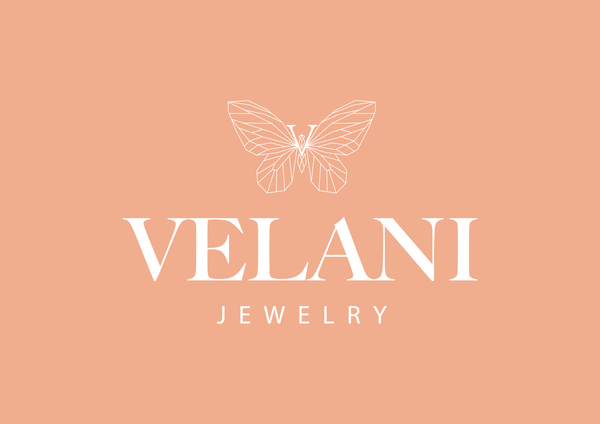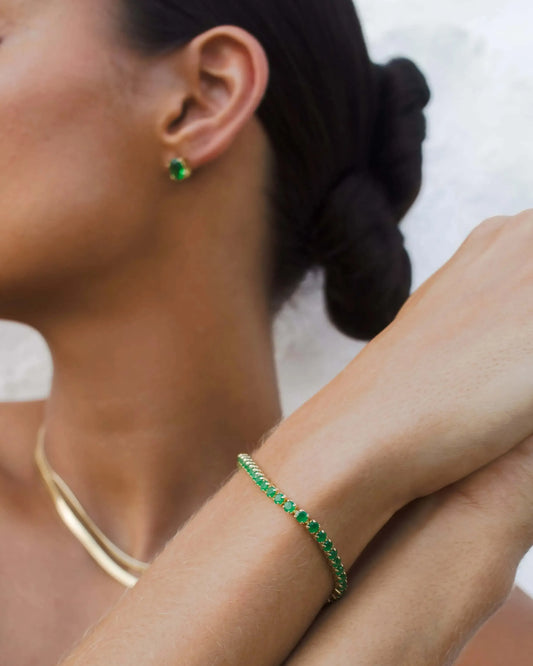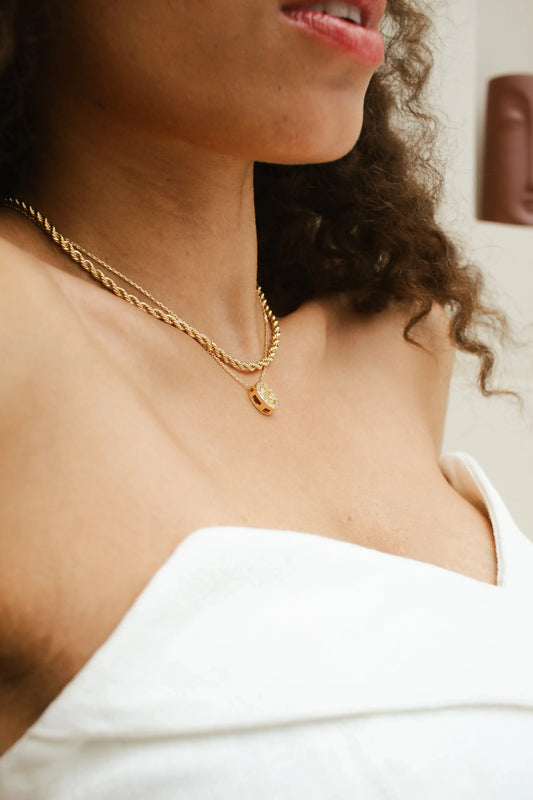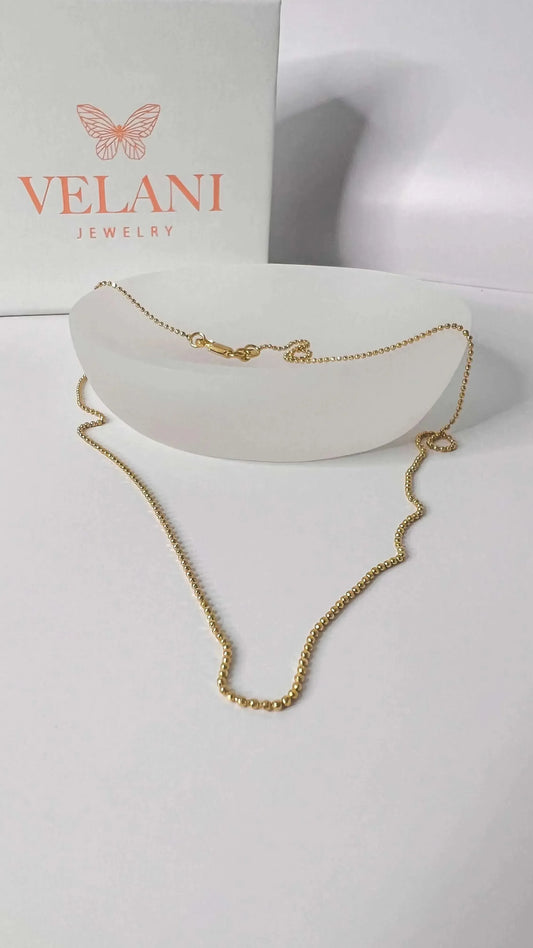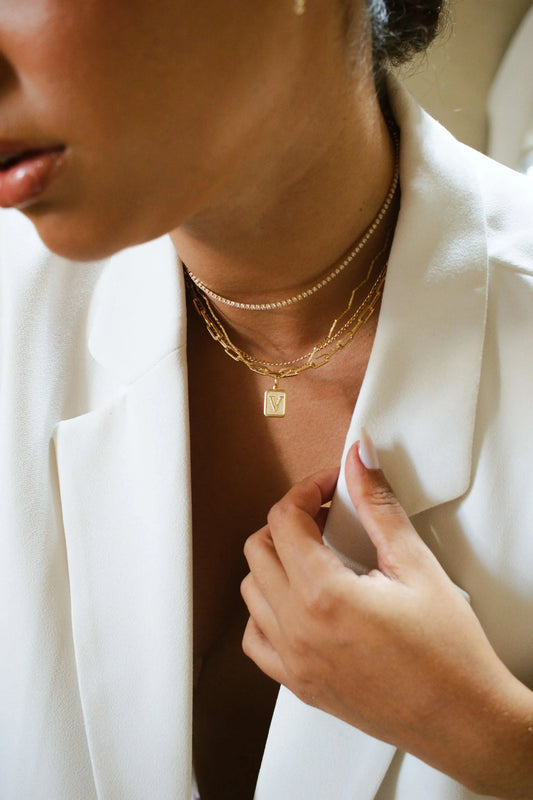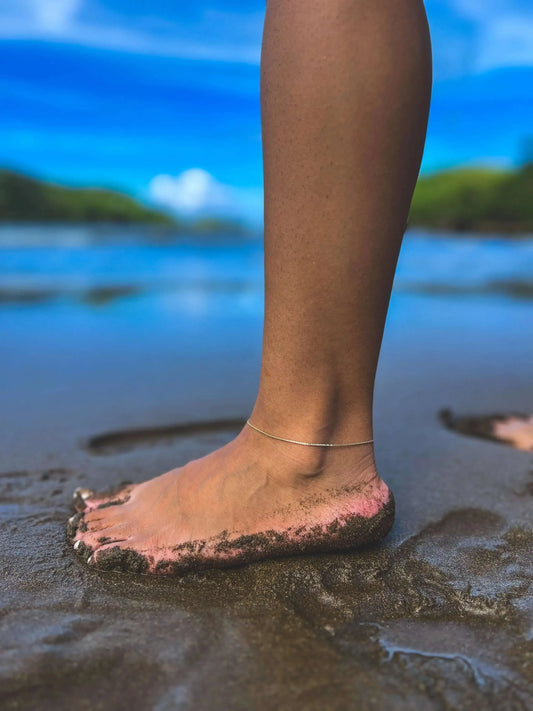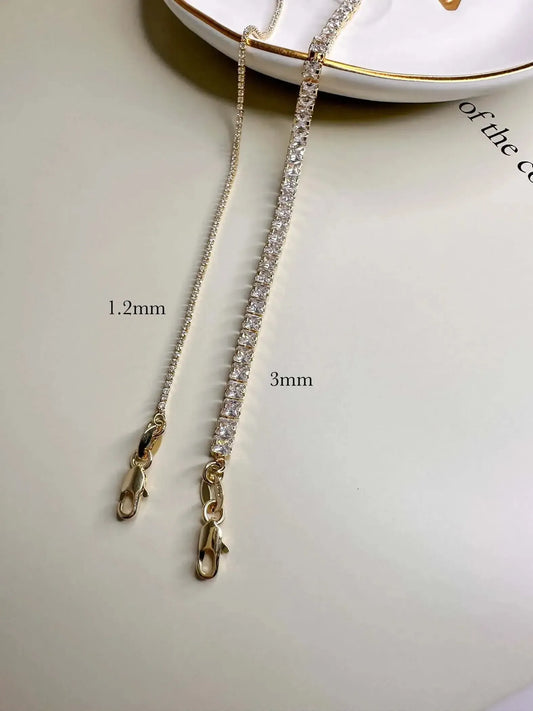Share
Freshwater Pearls vs. Cultured Pearls: Which is More Valuable?
Pearls have been cherished for centuries for their natural beauty and elegance. Among the many types of pearls available, freshwater pearls and cultured pearls are two popular choices. In this article, we will compare these two types of pearls in terms of appearance, value, and origin to help you decide which is more valuable for your collection.
Table of Contents
Appearance
The appearance of pearls can vary significantly between freshwater pearls and cultured pearls. This variation is influenced by the environment in which they are formed and the techniques used to cultivate them.
Freshwater Pearls
Freshwater pearls are known for their diverse shapes and sizes. They are typically less round than saltwater pearls and can come in a variety of natural colors, including white, pink, and lavender. The surface of freshwater pearls often has a unique texture and luster that adds to their charm. Their irregular shapes can be intriguing and offer a unique aesthetic appeal, making each piece truly one-of-a-kind.
Cultured Pearls
Cultured pearls, which include Akoya, Tahitian, and South Sea pearls, are usually more uniform in shape and size compared to freshwater pearls. They are often perfectly round and have a high luster and smooth surface. The color of cultured pearls can range from white and cream to black and gold, depending on the type of oyster and the conditions in which they are grown. The uniformity and high quality of cultured pearls make them a popular choice for high-end jewelry pieces.
Value
The value of pearls is determined by several factors, including rarity, size, shape, luster, and surface quality. Here’s how freshwater pearls and cultured pearls compare in terms of value.
Freshwater Pearls
Freshwater pearls are generally more abundant and affordable than cultured pearls. While they can be very beautiful, their irregular shapes and varied sizes often make them less valuable on the high-end market. However, high-quality freshwater pearls with exceptional luster and roundness can be quite valuable. These pearls offer a great option for those seeking beautiful, unique jewelry without the high price tag.
Cultured Pearls
Cultured pearls are typically more valuable than freshwater pearls due to their uniformity, rarity, and the time-consuming process required to cultivate them. Akoya pearls, for example, are prized for their roundness and high luster, while South Sea and Tahitian pearls are valued for their large size and unique colors. The market value of cultured pearls can be significantly higher, especially for those with exceptional quality and rarity. Investing in cultured pearls can be seen as a long-term value, especially for heirloom pieces.
Origin
The origin of pearls plays a significant role in their characteristics and value. Understanding the differences in their origins can help you appreciate the unique qualities of each type of pearl.
Freshwater Pearls
Freshwater pearls are primarily cultivated in freshwater lakes and rivers, mainly in China. They are formed in mussels rather than oysters and can produce multiple pearls at once. This process is generally less labor-intensive and costly, contributing to their abundance and lower price point. The environment in which these pearls are grown can also influence their color and luster, making them unique and varied.
Cultured Pearls
Cultured pearls are grown in saltwater environments using a more intricate process. Akoya pearls are cultivated in Japan and China, Tahitian pearls in French Polynesia, and South Sea pearls in Australia, Indonesia, and the Philippines. Each type of cultured pearl has distinct characteristics influenced by its environment and the species of oyster used. The cultivation process is meticulously controlled to ensure the highest quality pearls, which is reflected in their value and desirability.
Durability
Durability is an important factor to consider when choosing pearls. The environment and methods used to cultivate pearls can affect their strength and longevity.
Freshwater Pearls
Freshwater pearls are generally more durable than saltwater pearls because they are composed of thicker nacre layers. This makes them less prone to chipping and damage. Their durability makes them suitable for everyday wear, adding to their appeal for those looking for practical yet beautiful jewelry options.
Cultured Pearls
Cultured pearls, depending on the type, can vary in durability. Akoya pearls have thinner nacre layers compared to freshwater pearls, which can make them more susceptible to damage. However, South Sea and Tahitian pearls have thicker nacre layers, providing better durability. Proper care and maintenance can significantly extend the lifespan of cultured pearls, preserving their beauty for years to come.
Types of Pearls
There are several types of pearls, each with unique characteristics. Understanding these differences can help you make an informed choice.
Akoya Pearls
Akoya pearls are known for their perfect roundness and high luster. They are usually white or cream-colored and are a popular choice for classic pearl jewelry pieces.
Tahitian Pearls
Tahitian pearls are unique for their dark colors, ranging from black to green and blue hues. They are larger in size and are often used in statement jewelry pieces.
South Sea Pearls
South Sea pearls are the largest and most valuable of the cultured pearls. They come in white and golden colors and are known for their thick nacre and luxurious appearance.
Market Demand
The market demand for different types of pearls can also influence their value. Trends and consumer preferences play a significant role in determining which pearls are most sought after.
Freshwater Pearls
Freshwater pearls are popular for their affordability and variety. They are often used in fashion jewelry and are accessible to a wide range of consumers. Their versatility makes them a popular choice for everyday wear and casual jewelry collections.
Cultured Pearls
Cultured pearls are highly valued in the luxury jewelry market. The demand for high-quality Akoya, Tahitian, and South Sea pearls remains strong due to their rarity and exceptional beauty. These pearls are often seen as investments and are cherished as heirlooms, making them a desirable choice for special occasions and significant purchases.
Conclusion
Both freshwater pearls and cultured pearls have their unique advantages and appeal. Freshwater pearls are a more affordable option with a wide variety of shapes and colors, making them ideal for fashion jewelry and everyday wear. Cultured pearls, on the other hand, offer higher value, uniformity, and rare beauty, making them a prized choice for fine jewelry and special occasions.
Ultimately, the choice between freshwater and cultured pearls depends on your personal preferences, budget, and the occasion for which you plan to wear them. Whichever you choose, pearls are timeless treasures that can enhance any jewelry collection. Explore the exquisite range of freshwater pearl jewelry at Velani Jewelry and find the perfect piece that resonates with your style and elegance.
FAQ
- What are the main differences between freshwater and cultured pearls? Freshwater pearls are formed in freshwater mussels and are known for their diverse shapes and colors. Cultured pearls are grown in saltwater oysters and are often more uniform in shape and size.
- Which type of pearl is more valuable? Cultured pearls are generally more valuable due to their rarity, uniformity, and the intricate cultivation process required.
- Can freshwater pearls be as high quality as cultured pearls? Yes, high-quality freshwater pearls with excellent luster and roundness can be quite valuable, though they are typically less expensive than cultured pearls.
- How are pearls cultivated? Freshwater pearls are cultivated in freshwater lakes and rivers, primarily in China. Cultured pearls are grown in saltwater environments using a nucleation process that involves inserting a bead into an oyster.
- What factors influence the value of pearls? The value of pearls is influenced by their rarity, size, shape, luster, surface quality, and origin.
